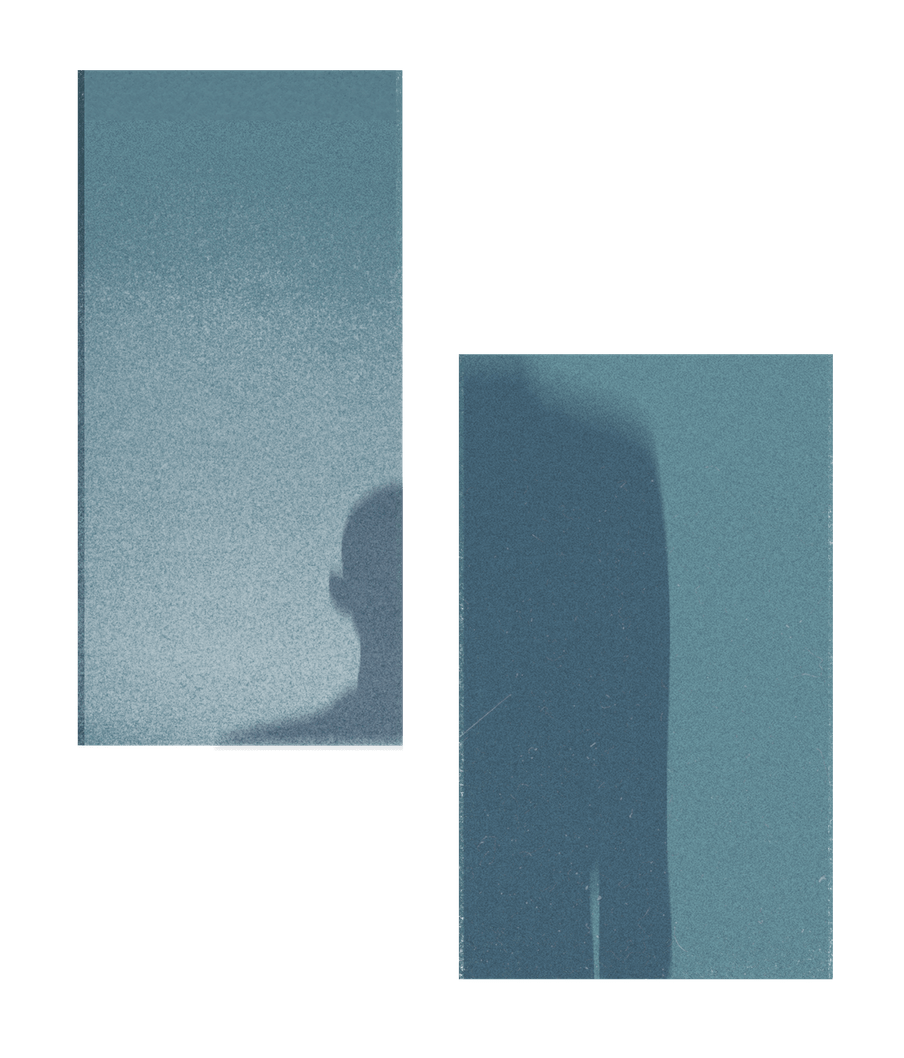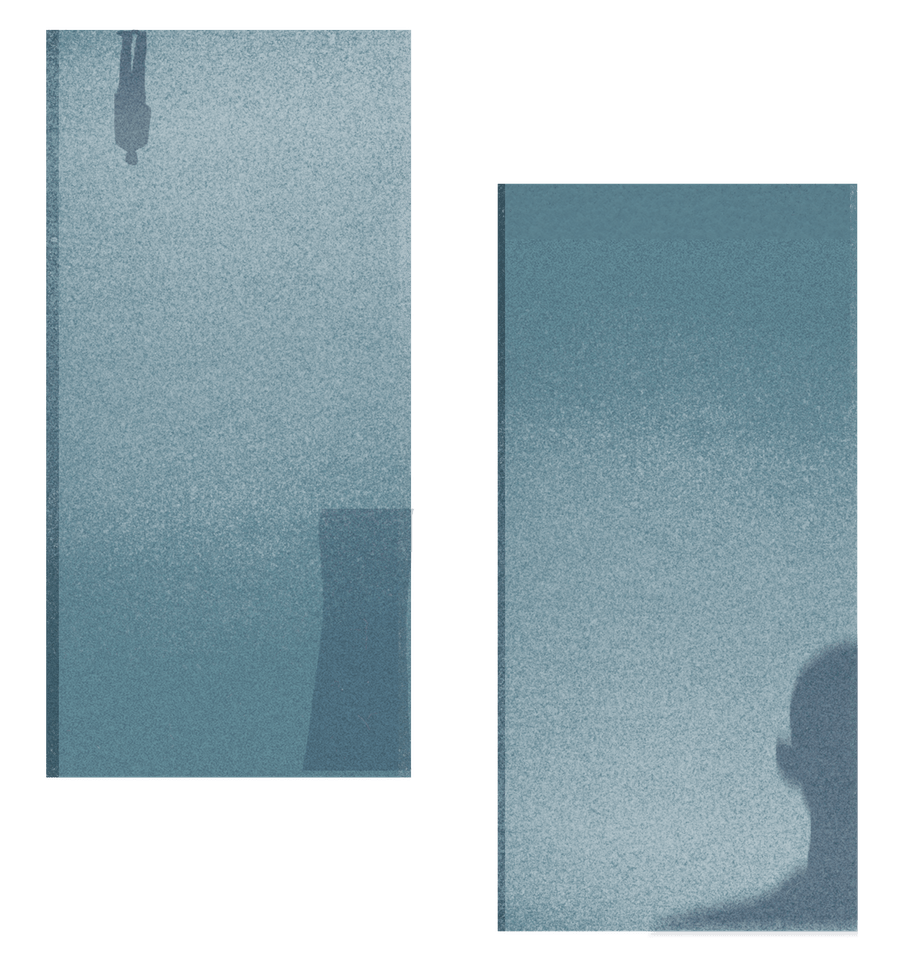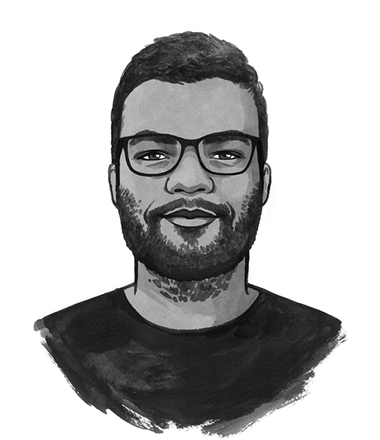I have never met Ida. Chances are, I will never know what she looks like or how she sounds. Yet Ida, 93, is the person I most think of when I reflect on my first year as your Sanity correspondent.
Last year, within weeks of The Correspondent’s launch, Ida helped me spot a troubling bias in the booming media interest in mental illness, specifically depression: as with so many other topics in contemporary journalism, we are obsessed with youth while writing about one of our time’s defining maladies.
Older people are confined to stories on other mental problems that are exclusively associated with ageing – dementia, Alzheimer’s disease, and Parkinson’s. In fact before Covid-19, the homepage of the US’ National Institute on Aging named only these three diseases explicitly. But when it comes to depression – the one mental illness that occupies arguably the largest share of public attention – people like Ida, or Angaharad, 60, or Babette, 50, all members of The Correspondent, are missing.
This pattern is so entrenched that I was taken aback when I discovered that depression is in fact the most common mental disorder in the 60+ age group, affecting approximately 7% of this population around the world according to the World Health Organization.
Ida was the person – the “source” – who drove me to that discovery.
“Depression … has disrupted my life for 75 years,” she wrote in her response to my first ever newsletter. Over a deeply emotional email exchange, the daughter of Russian and central European immigrants allowed me an intimate glimpse of her life and helped me understand what we risk missing out on when we don’t listen for voices like hers.
Our conversation pushed me to write a story busting ageist myths about depression. It remains one of my personal favourites, perhaps because it unearths the kind of invisible structural truths that The Correspondent was born in the service of.
But more important, Ida helped me answer a fundamental question: who can be an “expert” on a platform that calls itself “constructive, collaborative and transnational”?

The tyranny of ‘dial-a-quote’
In my decade-long career as a business journalist in India before joining The Correspondent, I became familiar with a peculiar industry catchphrase: “dial-a-quote”. It refers to a widespread practice where journalists keep a handful of “experts” – consultants and commentators with views on everything under the sun – on their speed dial, and get the same people to churn out quotes for every story they write. It’s a bit of a joke in newsrooms, but nobody minds it because it’s a convenient arrangement.
In my experience, there are two main reasons why journalists become overdependent on these experts. First is “access journalism”, in which journalists are systematically stonewalled by powerful people and their PR machineries unless they agree to some kind of compromise. For ethically minded journalists, this presents an existential quandary. In many newsrooms it’s still a norm to hire reporters based on their rolodex.
Further, in most media cultures, journalists are trained to neuter their own voice. They are encouraged to find experts who can mouth every new piece of insight or analysis, rather than asserting it in the first person. The rush to quickly find an expert to weigh in on every piece of “breaking news” makes it impossible for journalists to surface fresh new voices.
Over time, the dial-a-quote culture creates an incestuous echo chamber that blocks original perspectives, especially from underrepresented communities. And the mechanical pursuit of “expertise”, like ticking off a checkbox, makes the act of producing journalism cold and impersonal.
Lived experience IS expertise
When I started as your Sanity correspondent, with the mission to “find a new language to talk about mental health”, this was one of the pitfalls I was most wary of.
Mental health is an intensely political subject. It is about power and marginalisation, violence and oppression. Traditionally, this space has been dominated by clinicians and researchers from the global north, along with a strong pharmaceutical lobby. Overrepresentation of these experts has led to the erasure of voices from low- and middle-income countries, as well as those who are at the receiving end of often broken healthcare systems: people with actual lived experience of mental illness.
The most damaging upshot of this is the over-medicalisation of mental illness – the propaganda that all mental illnesses are the result of “chemical imbalances” or neurological glitches in the individual. By holding the individual responsible for their own suffering, society gets a free pass to continue with its destructive routines: racism, sexism, economic exploitation of the disenfranchised, extractive capitalism.
Our Othering correspondent OluTimehin Adegbeye is fond of reminding us that until the hunted learn to write, every story will be written by the hunter. As someone who’s lived with depression and anxiety almost my entire adult life, I nod enthusiastically each time she says this.
But how could one writer sitting in one country challenge this global problem? Where would I even begin to find these new voices? How can I know what I don’t know?

When in doubt, go back to the founding principles
This is where The Correspondent’s built-in levers get to work. One of our founding principles is “memberful journalism”. We don’t assume to know everything. We actively work with our members as partners and co-creators. With members in over 140 countries, sometimes it is just a simple matter of issuing a callout asking for help.
This is how I developed one of my career’s most meaningful relationships. When I decided to write a series of articles on touch in the context of the coronavirus pandemic and announced this through a newsletter, one of the first people to respond was 25-year-old Micaela from the US. Micaela has spinal muscular atrophy. She is in a wheelchair full-time and can only move her arms enough to eat or type on her phone.
Micaela told me she has a “love-hate relationship with touch”. “Unfortunately, most of the times I am touched are in the context of physical, not emotional care, so touch is often more of a practical thing than I want it to be,” she explained.
I hadn’t planned to write about people with disabilities and their relationship with touch. But Michaela led me to an area of human experience – very real for millions of people around the world long before the pandemic – that I found impossible to look away from.
Since then, I have written three pieces on the disability-touch interplay. The high point was when Micaela agreed to come on board as an expert and answer questions from other members.

Retraining your muscle memory
Asking members has now become my default mode when I start researching a subject. That’s how during my series on guilt and shame, I discovered the Stanford Forgiveness Project, which had demonstrated 20 years ago that forgiveness can really work like a medicine. I also discovered how a small town in the Netherlands fought back after a deadly accident destroyed an entire community, which became a part of a series on suicide prevention. I learned from a member in my own country how participating in citizen protests against draconian government policies had become a therapeutic ritual for a section of Indians.
But this isn’t as easy a process as it sounds. It means becoming intentional about finding new sources, and staying away from the temptation to repeat sources. You have to retrain your muscle memory, shaped by years of working in a silo and “using” sources rather than partnering with them as equals. It requires trust-building and taking a genuine interest in the humans who decide to share their greatest vulnerabilities with you. Especially while working with underrepresented voices, it is critical to remember that they owe you nothing. They have no obligation to “teach” you anything. They don’t exist to function as inspiration porn or to make you look good as a journalist.
This new way of producing journalism can also be unsettling because it means you are making the choice to explicitly align with a certain worldview. Subjectivity is anathema in old-school newsrooms, where “balance” and “neutrality” are sacred. Thankfully, yet another of The Correspondent’s founding principles is that we don’t believe in manufactured neutrality – we don’t take the “view from nowhere”.
To be sure, according primacy to people with lived experience and aligning with them doesn’t mean denigrating experts by training. I have profiled a World Cup-winning cricket coach, a neuroscientist studying what guilt does to the human brain, and a cultural theorist who’s the world’s leading historian of touch, among others.
But I no longer approach experts simply to lend “credibility” to my work. And I am a lot more aware that even so-called empirical research and scientific expertise has its own biases: just read the “limitations/assumptions” section of any academic research paper.

Mistakes will be made. Cue: the learning curve
Amid increasingly pressing questions around the media’s pursuit of "balance" in the face of aggressive authoritarian and majoritarian impulses, a section of the profession – particularly in the west – has started reflecting on internal diversity with a renewed sense of urgency. Ultimately, for diversity to go beyond window dressing, it has to start reflecting in the output we produce. Populating a newsroom with people who are “different” is no guarantee of anything, because we all carry our own biases. The only long-term antidote to that is being radically open and transparent, which is baked into another of our founding principles: we share our learning curve with the world.
For instance, recently, some readers told me that they felt that in my excitement to write about a new prosthetic technology, I’d ended up conveying the impression that disability renders one incomplete. It was the opposite of what I had intended to say, but clearly, I hadn’t said it well enough. The feedback bothered me deeply. After some thinking, I decided to post a detailed Twitter thread about what I thought had gone wrong with my language, and how I plan to rectify it. It was liberating not to have to make excuses or peddle a wishy-washy corrigendum.
I am also mindful that I cannot be exclusively reliant on The Correspondent’s membership to inject diversity into my writing. My search for authentic voices in areas such as neuroscience or critical psychiatry still ends far too often with white, male names. To do better, I must make bigger leaps both in terms of effort and imagination.
The pandemic has put paid to many of my plans for 2020, including a ground-reporting exercise on mental healthcare success stories from across South Asia. I am eager to find more everyday heroes like Yuli Yang, a journalist from Wuhan who ran a social media campaign to fight the stigma and hate that Wuhaners were subjected to in the early days of the pandemic. It is frustrating to stay shut in at a time when the global mental health movement is being revolutionised by activists demanding more space for the global south and for user-survivors – a phenomenon that I captured in a newsletter while most of the world’s media gave it a miss.
But as we enter year two of our journey, I take comfort in the fact that I am now part of our very own movement to recast journalism together with tens of thousands of engaged, interested, compassionate members. As one of our members pointed out last year, we have a lot of work to do – “But hey, they just started!”
Dig deeper
 Yes, we still need the news. But it needs to be done differently
How do we fix the news? Experts and members shared antidotes and solutions in our transnational chat.
Yes, we still need the news. But it needs to be done differently
How do we fix the news? Experts and members shared antidotes and solutions in our transnational chat.
 Stay connected with me and help shape my journalism
Subscribe to my weekly newsletter where I dismantle myths around Sanity, discuss the best ideas from our members, and share updates on my journalism.
Stay connected with me and help shape my journalism
Subscribe to my weekly newsletter where I dismantle myths around Sanity, discuss the best ideas from our members, and share updates on my journalism.


